Optimizing Security: The Role of Decentralized Stablecoins
In the wake of the global financial crisis and the subsequent rise of cryptocurrencies, security has become a major concern for investors, traders, and regulators. While traditional stablecoin projects have faced significant challenges in maintaining their peg to the value of a fiat currency, decentralized stablecoins offer a promising alternative. In this article, we will explore the role of decentralized stablecoins in maximizing security and why they are an attractive solution for those looking to mitigate the risks associated with cryptocurrencies.
What are Decentralized Stablecoins?
Decentralized stablecoins, also known as algorithmic stablecoins or Tether (USDT), are crypto assets designed to maintain a fixed value relative to a fiat currency. Unlike traditional stablecoins that peg their value to a basket of currencies, decentralized stablecoins use advanced algorithms and smart contracts to ensure their price stability.
How do decentralized stablecoins maximize security?
Decentralized stablecoins maximize security in several ways:
- Immutable smart contracts: Smart contracts are self-executing contracts with the terms of the agreement written directly in lines of code. These contracts ensure that decentralized stablecoin assets remain secure and transparent, making it difficult for malicious actors to manipulate or change their values.
- Decentralized governance: Decentralized stablecoins often have a community-driven governance model, where stakeholders can vote on proposals to change the parameters of the project. This allows for increased transparency, accountability, and security, as any changes must be approved by the community.
- Multi-Signature Wallets: Multi-signature wallets, also known as “custodians,” require multiple signatures from different parties to spend stablecoin funds. This adds an extra layer of security, making it difficult for malicious actors to drain or manipulate the funds.
- Crypto-Hash Functions: Decentralized stablecoins often use crypto-hash functions, such as SHA-256, to secure their transactions and maintain their stability. These hash functions are virtually unbreakable, making it impossible to alter or manipulate the value of the asset.
Benefits of Decentralized Stablecoins
The benefits of decentralized stablecoins include:
- Increased Security: As mentioned earlier, decentralized stablecoins maximize security through immutable smart contracts, multi-signature wallets, and crypto-hash functions.
- Enhanced Transparency: Decentralized stablecoins are often open source, allowing for increased transparency into their operations and decision-making processes.
- Community Engagement: Community-driven governance models foster a sense of ownership and participation among stakeholders, driving innovation and security.
- Reduced Risk: By leveraging advanced cryptographic techniques and decentralized governance models, decentralized stablecoins reduce the risk of manipulation or alteration of their values.
Challenges and Limitations
While decentralized stablecoins offer significant benefits, they are not without challenges:
- Scalability Issues

: Currently, most decentralized stablecoins face scalability issues, which can result in slow transaction times and high fees.
- Regulatory Uncertainty: The regulatory environment surrounding decentralized stablecoins is still evolving, making it difficult for developers to anticipate and prepare for potential changes.
- Limited Adoption: Despite their growing popularity, decentralized stablecoins are still not widely adopted compared to traditional stablecoins.
Conclusion
Decentralized stablecoins offer a promising alternative to traditional stablecoin projects by maximizing security.

